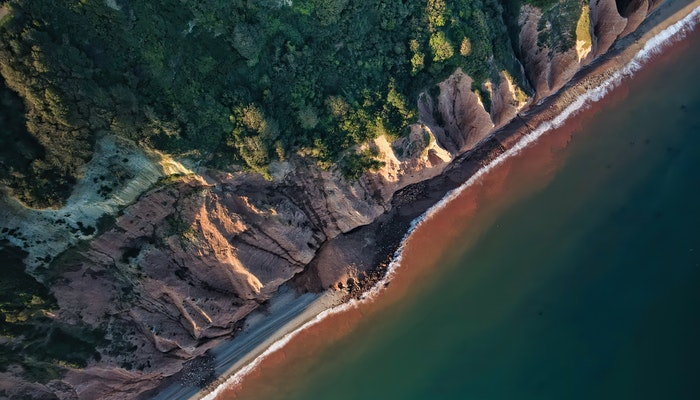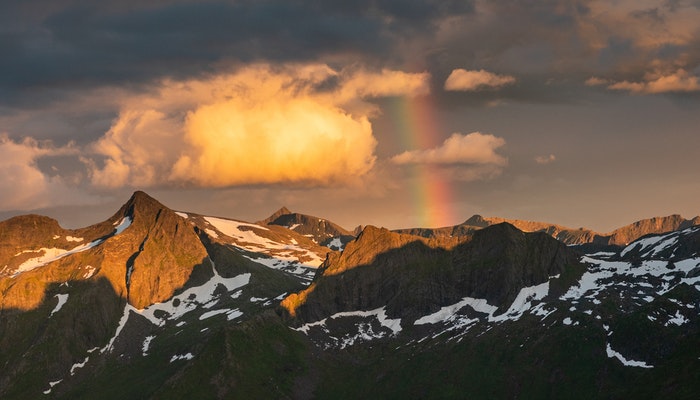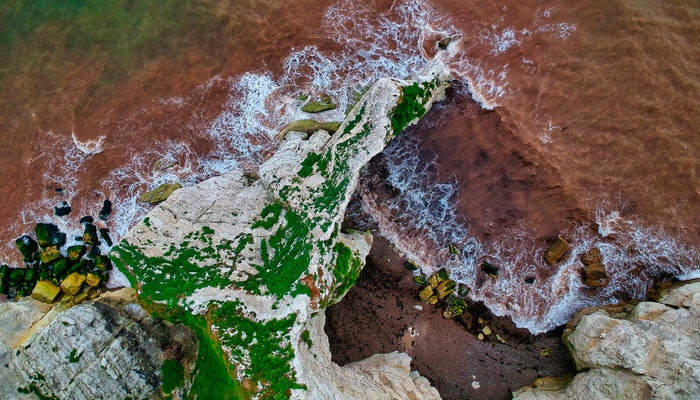Jurassic Coast is located in England. It is listed in the world heritage sites. Situated over the English Channel coast of Southern England, the Jurassic Coast stretches from Exmouth in East Devon to Studland Bay in Dorset. It covers a distance of 96 miles.
Table of Contents
About the Coast
The Jurassic Coast has a geological history of coastal erosion during a sequential era over 185 million years of the Triassic, Jurassic, and Cretaceous periods. It has been noticed that the area has been a desert, shallow tropical sea, and marsh loaded with several fossils of many creatures that have been preserved among the rocks.
Many arches, pinnacles, and stack rocks are seen over this coast. Due to the sea’s action, the resistant rocks have broken in some areas producing coves that have restricted entrances. A barrier beach connects the isle of Portland and the other part of the land. Landslides are common on this coast. There are different types of rocks found here, and a variety of flora and fauna is found as a part of evolution.
There is also a fossil forest around the Lulworth cove, having different rock strata.

Importance of the coast
Mary Anning made a majority of discoveries as she was studying paleontology. Jurassic Coast is recognized as a World Heritage site by UNESCO.
There are eight segments of the coast:
- From Orcombe Rocks to Chit Rocks, Sidmouth
- From River Sid, Sidmouth to Seaton Hole
- The Axmouth to Lyme Regis Undercliff, from the mouth of the River Axe to The Cobb in Lyme Regis
- From Lyme Regis to West Bay
- Chesil Beach, the Fleet Lagoon, and the Isle of Portland Coast
- Portland Harbour Shore
- From Bowleaze Cove to Peveril Point
- From New Swanage to Studland Bay
The description of the coast
The cliffs face soil erosion and crumble and cause landslides. Due to this erosive effect, the sedimentary rocks are seen. This shows the coastline’s geology for 185 million years. The rocks were continuously formed during the Triassic, Jurassic, and the cretaceous period and this resulted in the formation of a dynamic coastline.

Fossils
The coastline is full of fossils that stand as existing evidence of evolution. In the period of the Triassic age, the area was, in reality, a desert, and the Jurassic was a part of the tropical sea, and in the cretaceous period, it was entirely covered by swamps. As a result, the fossils of plants and animals which belonged to that era were preserved, and it gave the world information about the structure of their body and how their life ended. The fossils even had the remains of their last meals. The animals belonging to the fossils are crustaceans, insects, molluscs, echinoderms, fish, amphibians, reptiles, and a few mammals. The famous fossil forest of conifers, tree ferns, and cycads are found at Lulworth Cove.
Geology
- Lyme Bay, Coastal rock in the Jurassic Coast, and the Durdle Door and Gad Cliff to St Alban’s Head are the main parts for geology research.
- The Isle of Portland had the Jurassic limestones that are always quarried. This coast comprises the cliffs belonging to the Triassic, Jurassic, and Cretaceous periods span over the 185 million years of Mesozoic geological history. This part of the coastline can be seen when the rock strata become apparent.
- The coastal cliffs at East Devon comprise cliffs of red sandstone from the Triassic period. The Budleigh Salterton cliffs contain Quarzite pebbles, and at Ladram Bay, we can view the spectacular red sandstone stacks.
- Chesil beach has an intertidal lagoon, and it’s famous for its biodiversity. The Lyme Regis and Charmouth cliffs are clays and shale and often face landslides.
- The Lulworth Cove has a horseshoe-shaped cave where the sands and clay keep eroding. The Durdle Door is a natural arch, and the sea stacks and pinnacles were formed by the action of erosion of the chalk cliffs.
- The golden cap is the highest point on the Jurassic coast, over 627 ft between Bridport and Charmouth.
- The Chesil Beach is a tombolo as well as a storm beach. It stretches over concordant and discordant coastlines. This site attracts international field studies due to its interesting, vivid geology.

Tourism at Jurassic Coast
The visitors come to this special place to enjoy kayaking, windsurfing, and sailing. In summer, the tourists visit in great numbers and hence the sites are congested and increase the pollution. The footpaths degrade quickly, and the beach gets badly littered. Sometimes, without reading the safety information, the visitors can get caught out by the rising tide or get stuck in the mudflows, or get trapped in the cliffs.
The Jurassic coast is a place that is rich in earth’s history. The natural process of evolution and climate and environmental changes over 185 years is revealed to us on this coast. This tells the stories of the formation of the deserts, deep seas, and warm tropical lagoons and how they have come into existence. This beautiful coast is recognized as the world’s one of best exemplary models for the geological heritage by UNESCO and ICUN. The Jurassic coast is placed above the nominations compared to The Joggins Bank in Canada and Jeju Volcanic islands in the Republic of Korea.
The People who work at the Jurassic Coast
The Jurassic Coast team consists of geographers, geologists, and earth scientists. People at Jurassic coast play different roles in tourism management, site conservation, coastal zone management, and education. The coastal engineering plans are need of the hour as this place is prone to a mass movement and future impacts of coastal erosion.
Sailing at Jurassic
Portland Harbor and Weymouth Bay are the best spots for sailing. They are famous, and even the 2012 London Olympics events were held here.
Restaurants on the coast
The sea coast at the Jurassic Coast is a hub for nearly 50 different types of fish and shellfish. The fabulous seafood restaurants are found here. The crab house café is one of the famous restaurants on Chesil Beach and attracts tourists worldwide, and has bagged many awards.
Conclusion
The Jurassic coast is rich in geological history for 185 million years of the Triassic, Jurassic, and Cretaceous periods. This place is loaded with many fossils, which connect the prehistoric and modern eras, thus proving evolution.










![Is Tokyo Ghoul on Netflix? [How to Watch Online]](https://avctv.com/wp-content/uploads/2022/08/AAAABct1DaUzhEt4JeJFeDrmaE_4CGAu39fBN6poMx10hAlWlMRjkkAw84hjmuujWTy2wFC7_Pjnujec-_PqT1GCnnMFMJ15S04baJn1b0WvvbG6hrSNb31_GS4--120x86.jpg)





